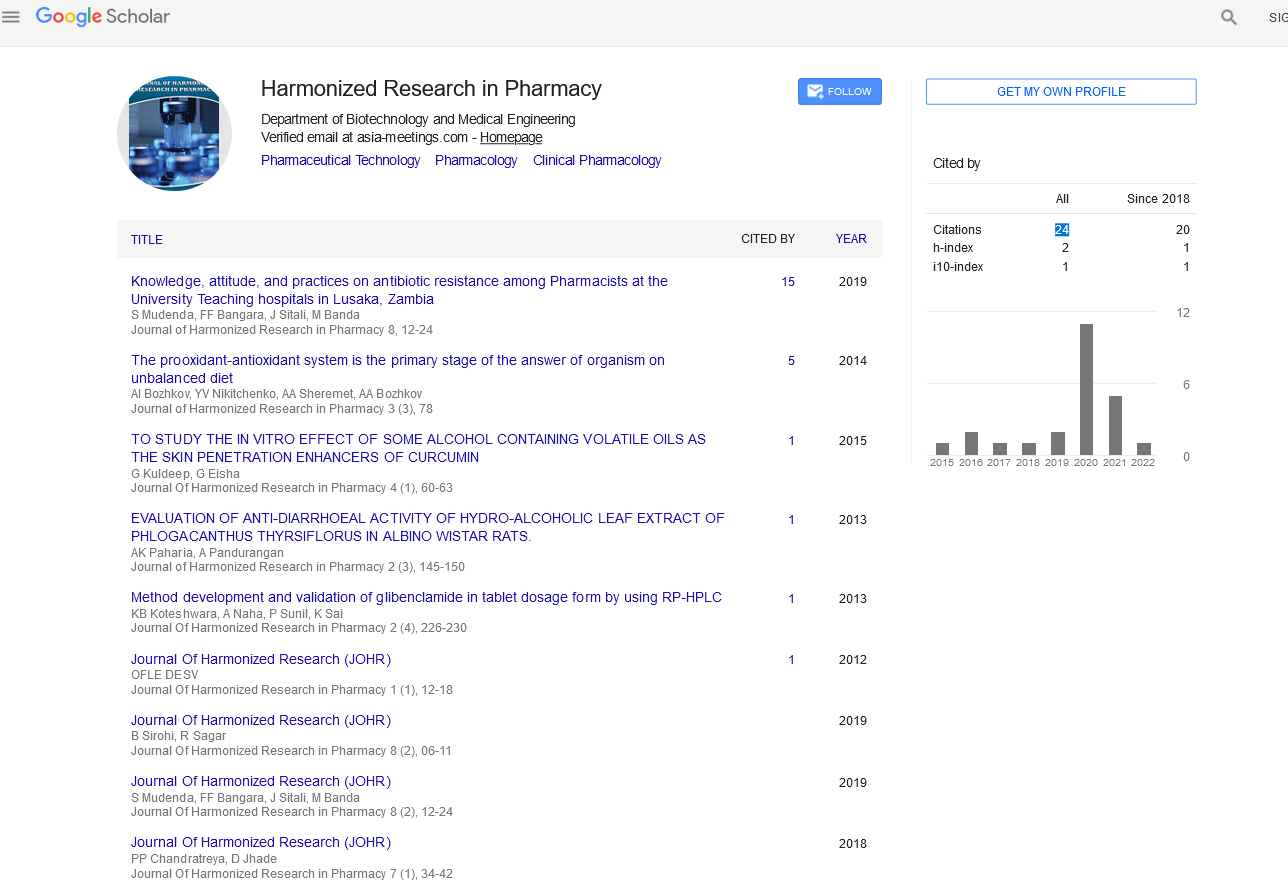Commentary Article - (2021) Volume 10, Issue 2
DO ADHD ADULTS HAVE HIGHER PROBLEMS WITH ALCHOL AND DRUGS?
Carthy Rock*Received: Dec 03, 2021
Introduction
Attention Deficit Hyperactivity Disorder (ADHD) is a lifelong core neuropsychiatric disorder. ADHD is caused by various additives interactive genetic and environmental factors that work in a very complex way. The prevalence of ADHD in the general adult population is estimated to be 3% -5%. ADHD dimensional diagnosis where attention deficit and hyperactivity/impulsivity can occur in different areas combined with degree. Simultaneous occurrence of ADHD and Substance Use Disorder (SUD) such as Alcohol Use Disorder (AUD). Substance Abuse Disorder has been studied in a variety of clinical and research environments. Overall, people with ADHD have a faster onset of SUD and are at higher risk, but the direction of the causal relationship is the underlying mechanism and clinical implications of the strong association between ADHD and SUD still unknown. It is well documented that many patients with ADHD strive to regulate their negative emotions.
They are prone to anger, frustration, and emotional over-excitement. This is a series of symptoms defined as Emotional Dysfunction (ED). ED can be understood as a trans diagnostic factor in the development of psychopathology, but it seems to be particularly associated with impulsivity. ED has been found to be associated with SUD in children and adolescents with ADHD. Strong the relationship between ADHD and ED makes it difficult to determine if it is the severity of ADHD. The ED itself or associated with the SUD most closely related. The aim of the present study was to estimate the prevalence of AUD and DUD in a clinical sample of adults diagnosed with ADHD, and to examine their associations with ADHD symptom severity and ED.
Why do people with ADHD have a higher chance of abusing drugs and alcohol?
Researchers say that people with ADHD tend to be impulsive and are more likely to have behavioral problems, both of which can contribute to substance and alcohol abuse. Also, both ADHD and alcoholism tend to be carried out in the family. Children with ADHD whose parents are alcoholics are also more likely to develop the problem of alcohol abuse. Researchers have pointed out genes that are common between ADHD and alcoholism.
Are ADHD stimulant drugs addictive?
Parents may be concerned that the stimulants that their children take to treat ADHD (such as Ritalin and Adderall) themselves are addictive. Stimulants work by increasing the levels of a chemical messenger called dopamine in the brain. This helps improve concentration and attention that people with ADHD find difficult to master.
Dopamine also affects emotions and joy, creating the “high” you want more. There was concern that ADHD stimulants might be addictive as well, as cocaine and other street drugs also increase dopamine levels. Ritalin’s ability to increase energy and concentration has led some to call it “poor cocaine.”
There are reports of people using unprescribed ADHD stimulants. People crush Ritalin tablets and inhale them through the nose, or dissolve the drug in water and administer it intravenously. Studies show that misuse of Ritalin can lead to drug addiction. However, if taken carefully as directed, Ritalin is less likely to be dependent on children and adults. At high doses higher than the dose normally prescribed for ADHD, Ritalin has the same effect as cocaine. However, researchers have noticed a clear difference between the two drugs. One of the factors that lead to addiction and substance abuse is how quickly the drug raises dopamine levels. The faster the dopamine level rises, the more likely it is to be abused. One researcher found that Ritalin took about an hour to raise dopamine levels in the brain. In contrast, inhaling cocaine takes only a few seconds. The doses of Ritalin and other stimulants used to treat ADHD tend to be lower and longer lasting, reducing the risk of addiction. Prolonged use of all stimulants can lead to a phenomenon called tolerance. This means that higher doses will be needed to achieve the same effect as the regulated substance. If this happens, doctors are more likely to consider using non- stimulants to treat ADHD.
Conclusion
The patients with ADHD had a high prevalence of DUD. DUD was independent; it is associated with higher symptom levels of hyperactivity, impulsivity, and ED. Therefore, coexisting DUD should be considered in adult ADHD patients, especially those with high levels hyperactivity impulsive ADHD Core Symptoms or ED.

Google Scholar citation report
Citations : 147
Journal of Harmonized Research in Pharmacy received 147 citations as per google scholar report









